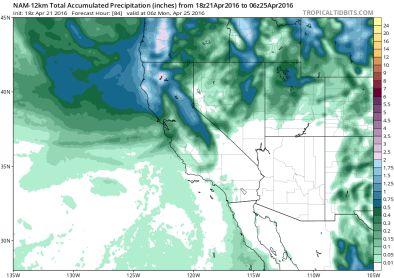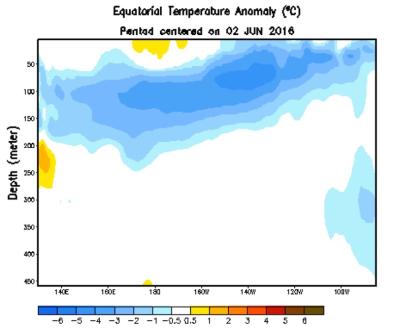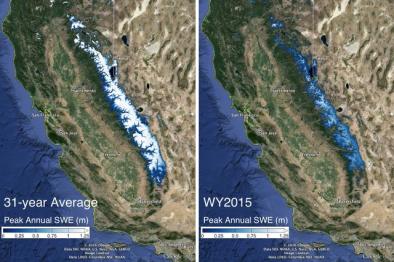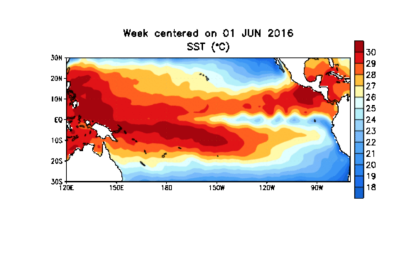Science Source
Extreme temperatures in Southeast Asia caused by El Niño and worsened by global warming
- States that, in April 2016, southeast Asia experienced surface air temperatures (SATs) that surpassed national records, exacerbated energy consumption, disrupted agriculture and caused severe human discomfort
- Uses observations and an ensemble of global warming simulations to show the combined impact of the El Niño/Southern Oscillation (ENSO) phenomenon and long-term warming on regional SAT extremes
- Finds that virtually all southeast Asian April SAT extremes occur during El Niño years
- Quantifies the relative contributions of long-term warming and the 2015–16 El Niño to the extreme April 2016 SATs
- Estimates that 29% of the 2016 anomaly was caused by warming and 49% by El Niño
- Concludes that post-Niño Aprils can potentially be anticipated a few months in advance, thus helping societies prepare
Related Content
Headline

Aug 10, 2016 | California Weather Blog
California drought update; April showers in NorCal; and La Niña Looms
Headline

Aug 10, 2016 | Weather Underground
El Niño is Officially Over—and La Niña is Likely On the Way
Headline

Aug 10, 2016 | Phys.org
Sierra Nevada snowpack not likely to recover from drought until 2019
Headline

Jun 12, 2016 | Climate Central
El Niño Had a Good Run, But Now It’s Over


